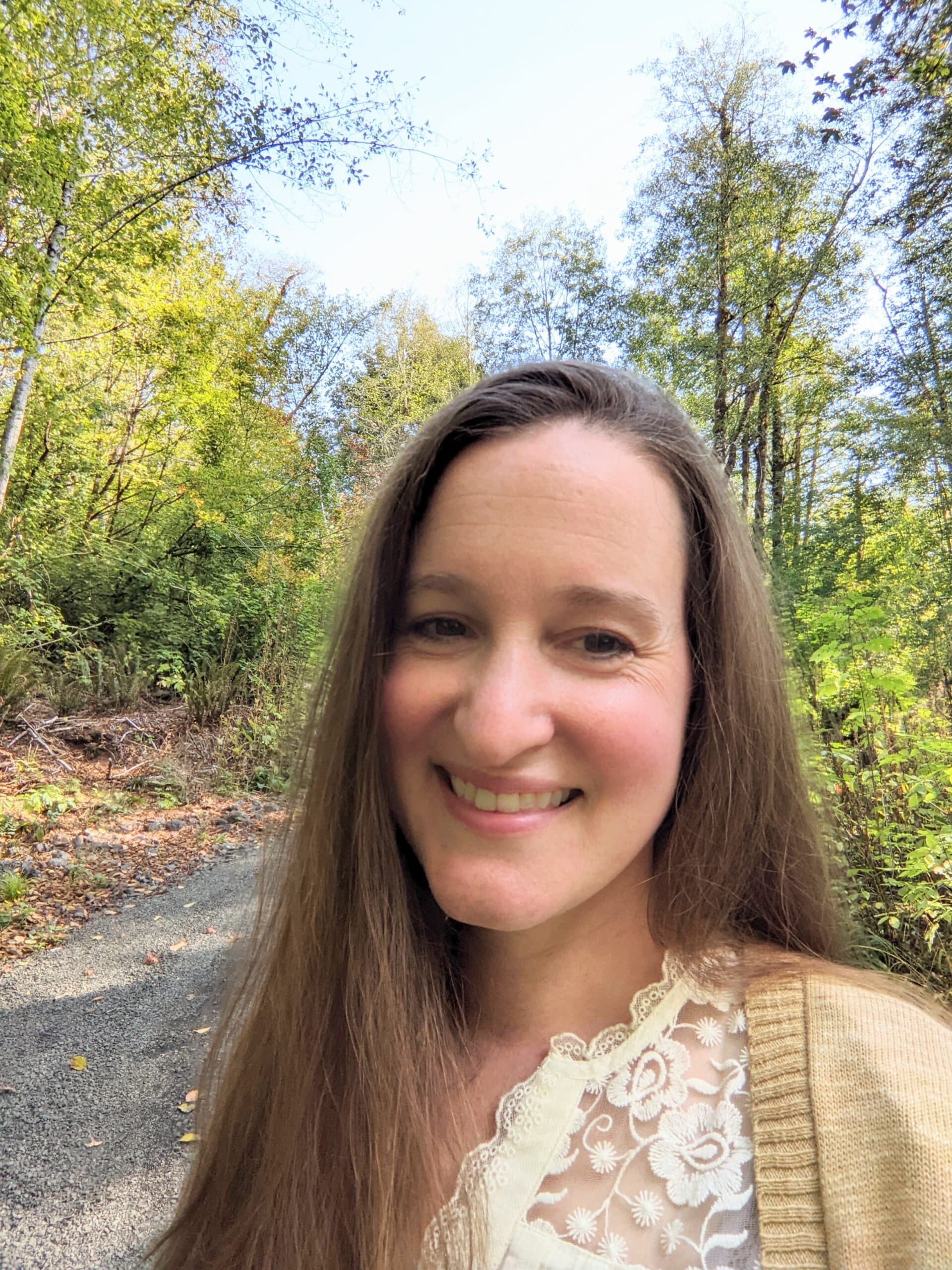
The Importance of the Turning Point
Turning points are the moments where your story takes a decisive turn. There is before the turning point, and then there is after the turning point. Once after the turning point, the trajectory of your scene changes. But those moments where things are turned around are where revelations are unveiled, fates are changed, and the story’s direction is irrevocably altered. This post examines how to use turning points in your scene structure, ensuring they are impactful and seamlessly integrated into the narrative flow.
The turning point is the moment within a scene where the story’s trajectory changes. It can be subtle or grand, but it shifts the character’s circumstances, outlook, or direction regardless of scale. It’s when something significant occurs, forcing your character to react and respond.
Consider a scene where your protagonist has a conversation with a friend that begins cordially. The turning point might be when the friend reveals a deep-seated secret. This revelation alters the entire course of the conversation and, possibly, the characters’ relationship. From that moment, the scene takes on new depth and meaning.
The turning point is crucial because it adds intrigue and makes the scene interesting. Without a turning point, a scene can feel predictable, flat or aimless. The pivot propels your character from their current state towards their new goal, ensuring the story is constantly moving and not stagnating.
It is worth noting that a turning point can occur due to external events (like receiving critical news) or internal changes (like a shift in perspective). Both forms can be effective depending on the scene’s context and plot.
Techniques for Implementing Turning Points in Your Scene Structure
There are common patterns for turning points. By understanding these patterns, you can utilize them effectively in your writing, enhancing the impact of your scenes and further captivating your readers.
Turning points come in many shapes and sizes, but certain patterns frequently recur in compelling storytelling. Here are three of the most common patterns:
Revelation: In this pattern, important information is revealed, changing the character’s understanding of their situation. For example, a detective might discover a key piece of evidence that shifts the direction of an investigation. The reveal propels the story in a new direction.
Decision: Here, the turning point hinges on a decision made by a character. Perhaps a character chooses to confront a longstanding fear or take a risk they’ve been avoiding. This decision leads to new actions and outcomes, altering the course of the narrative.
Unexpected Event: In this pattern, an unforeseen event dramatically affects the characters and the story’s trajectory. This could be a sudden disaster, an unexpected arrival, or an accidental discovery. The characters must react and adapt to this new situation, resulting in a shift in their goals and actions.
Remember, a turning point should always serve the story and the characters. It needs to make sense within the narrative context and feel true to the characters involved. As you gain experience in recognizing and utilizing these turning point patterns, you’ll find that your scenes become more dynamic and engaging.
Common Questions
Where should the placement of the turning point be in the scene?
Typically, the turning point occurs around the middle to the latter part of a scene, after introducing the goal and the disruption. This turning point is the moment of change or realization that propels the rest of the scene forward.
Can a scene have multiple turning points?
While it’s possible, too many turning points may confuse your readers. It can also dilute the impact of the turning point if there is more than one. Each scene should have one main turning point to keep the narrative focused.
Can a turning point be a subtle, internal shift rather than an external event?
Absolutely. Turning points can be internal—like a character’s realization or a shift in their emotional state. Remember, the key is that the turning point changes the direction of the scene and affects the character’s new goal.
How to Use a Turning Point in Your Scene Structure Conclusion
Turning points are the moments that pivot your narrative, taking your characters and readers in a new direction. A well-crafted turning point can transform the entire landscape of your story, infusing it with excitement and unpredictability. As you develop your scenes, aim to create turning points that are surprising and integral to your narrative’s progression, ensuring they leave a lasting impact.
Would you like to see some turning points in action? Sign up for my newsletter and get an insightful exercise on identifying turning points in the first chapter of ‘Harry Potter and the Sorcerer’s Stone.’ You’ll also gain access to a bonus chapter breakdown and a handy scene structure checklist for your writing projects.



